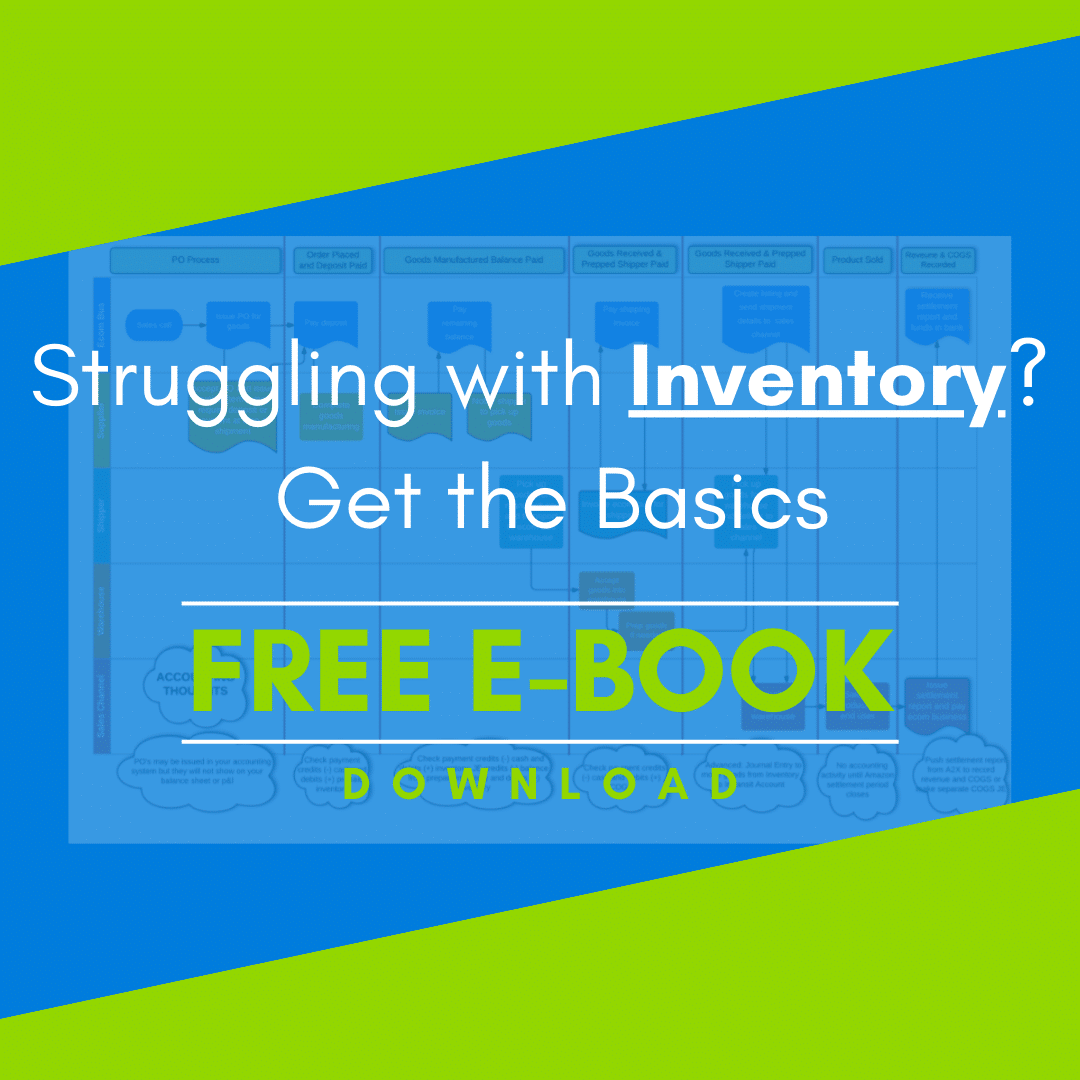
One thing I find myself reminding people of over and over is that profit is not an event—a one-time, “Hey, I did it!” kind of thing that happens at tax time, if you’re lucky. To make real profit, consistently, it has to become your habit. Like anything else, if you have a plan and stick with it, and repeat it on a regular basis without fail, it becomes second nature to you. And thus, your profit is born!
WHY Does Profit First Work?
In a nutshell, Profit First, developed by Mike Michalowicz, aligns with our natural behavior and provides a framework to manage finances for increased profitability. This is based on Parkinson’s Law, which states that resource consumption rises to meet available resources, including time and money.
In the traditional business equation Sales – Expenses = Profit, there might be little profit left as expenses rise to match income. Profit First suggests a different approach: Sales – Profit = Expenses. While the math remains the same, this behavioral perspective prioritizes taking profit first. By doing so, it encourages efficient, innovative, and frugal operations, as the funds left for expenses will be reduced. This approach can give a competitive edge, as businesses operating in this manner are more likely to thrive.
HOW Does Profit First Work?
Step 1 – Start by creating multiple bank accounts for specific purposes. For Amazon sellers, I recommend three accounts initially: Inventory, Profit, and Operating Expenses. Later, you can add Owner Pay and Tax accounts. Separating cash into designated accounts sets you up for success, but keep an eye on inventory float.
Step 2 – Follow a prescribed sequence to allocate funds into the accounts. When income is deposited into the operating expense account, transfer the product costs into the inventory account and allocate 1 to 5% into the profit account. The remaining amount stays in the operating expense account to cover upcoming expenses.
Step 3 – Remove temptation by making the profit account less accessible. You can hide it in your online banking profile or transfer the funds to another bank to create a buffer.
Step 4 – Implement a rhythm by funding the accounts every two weeks to optimize cash flow management. Fund the accounts, pay upcoming bills, and ensure you have enough funds for credit card payments and auto withdrawals.
Once you’ve gone through this process for a few months, you’ll grasp your business’s cash flow rhythm. Determine the average percentages needed for each account, making the allocation process quicker. When you receive a payout from Amazon, apply the predetermined percentages and transfer the funds accordingly.
Implementing Profit First in your business can help you reduce worry and stress, and create a business that supports your life instead of running it. Need help getting started? Reach out to the bookskeep team. We’re here to help!




Leave a Comment